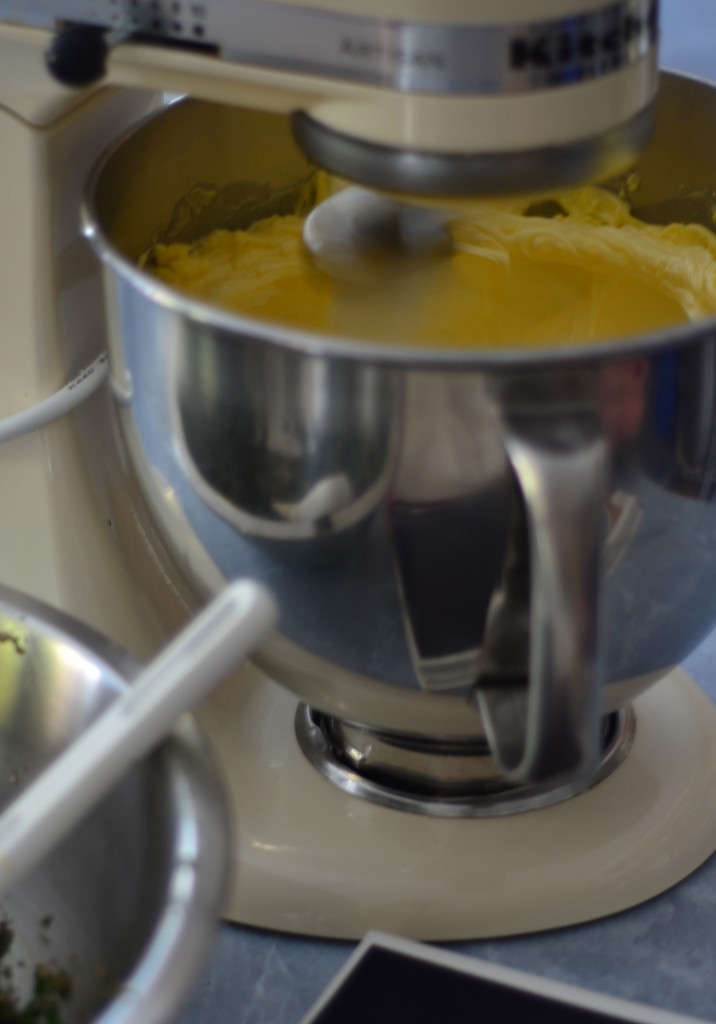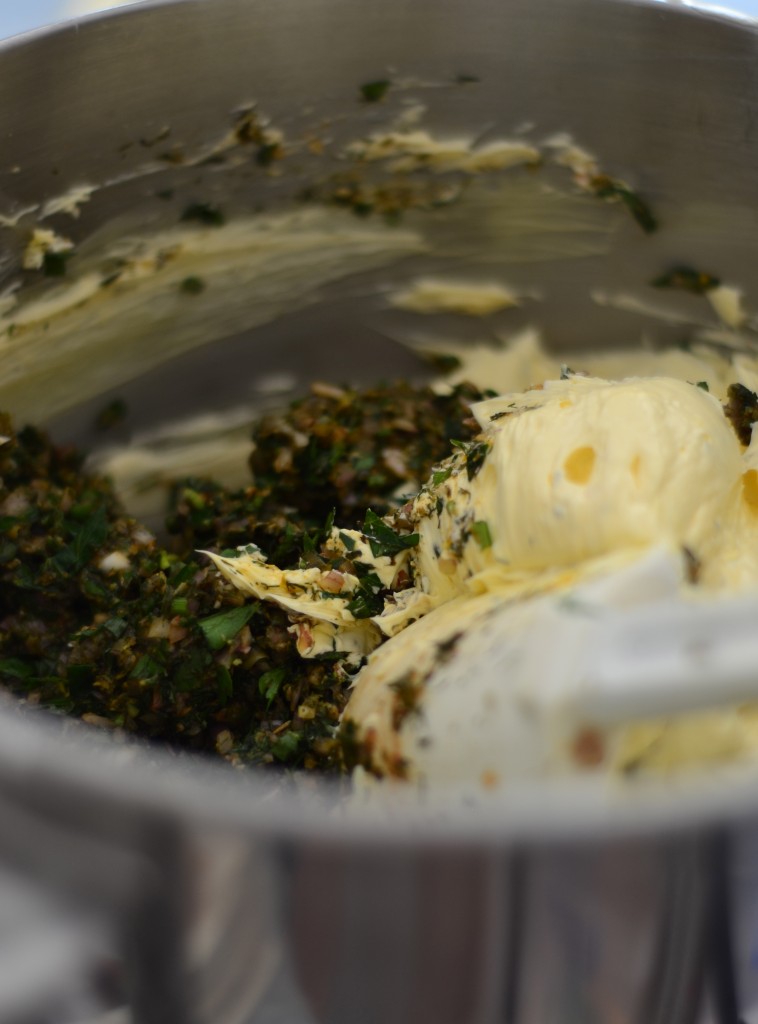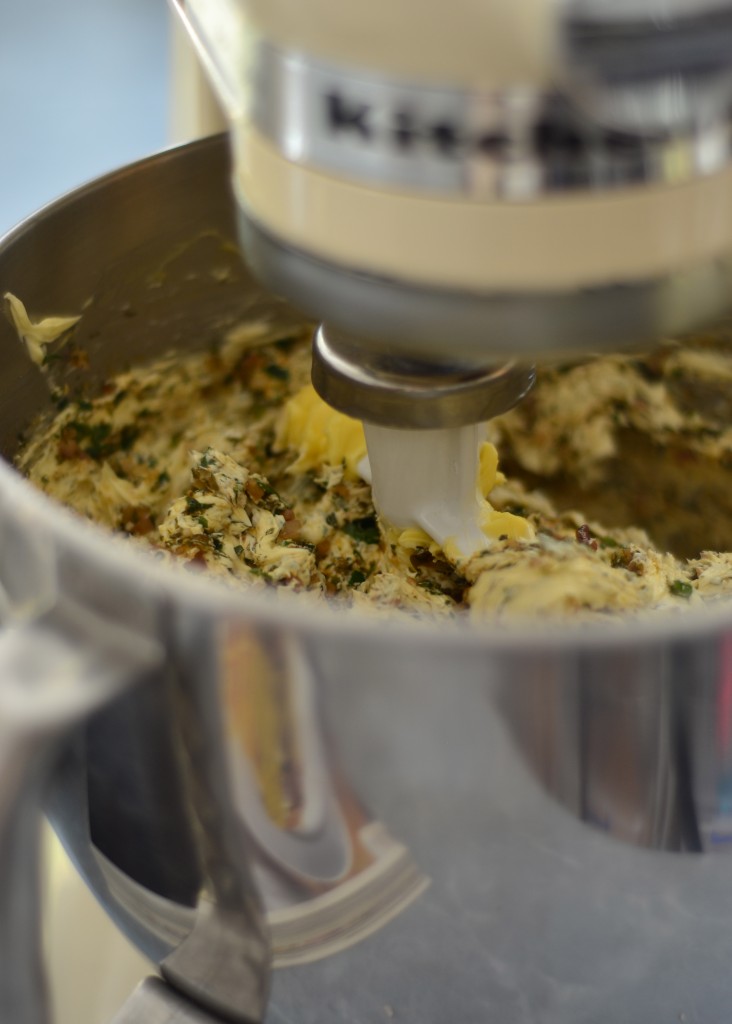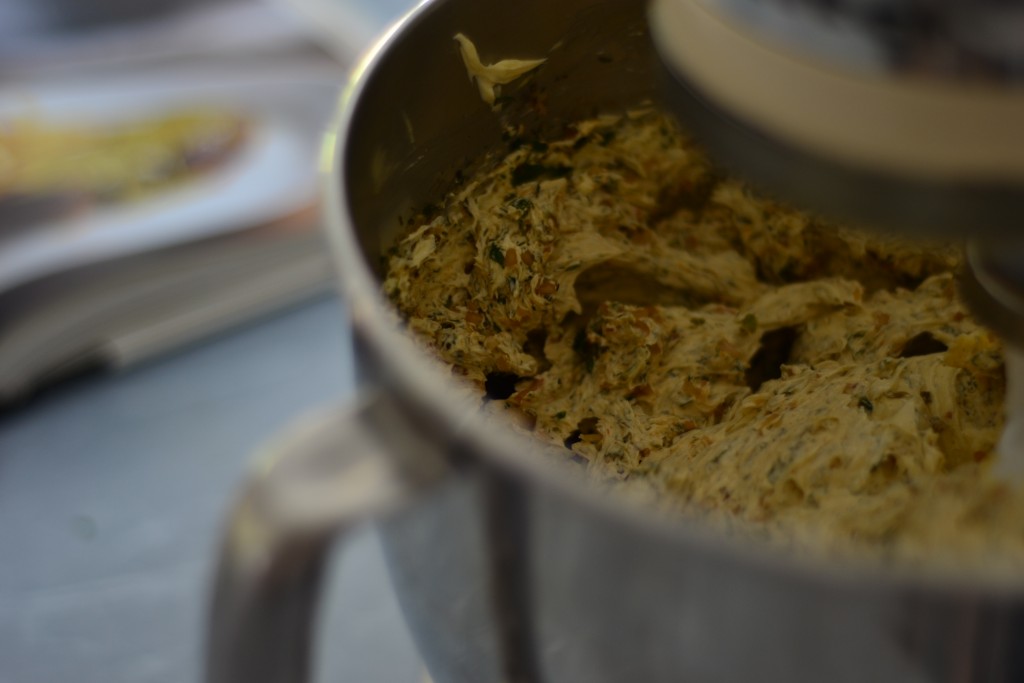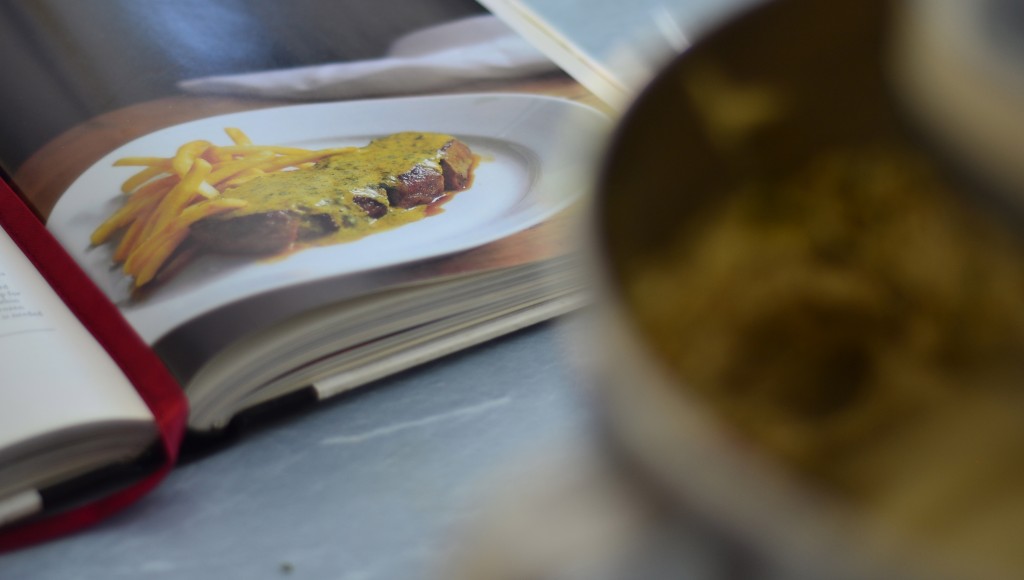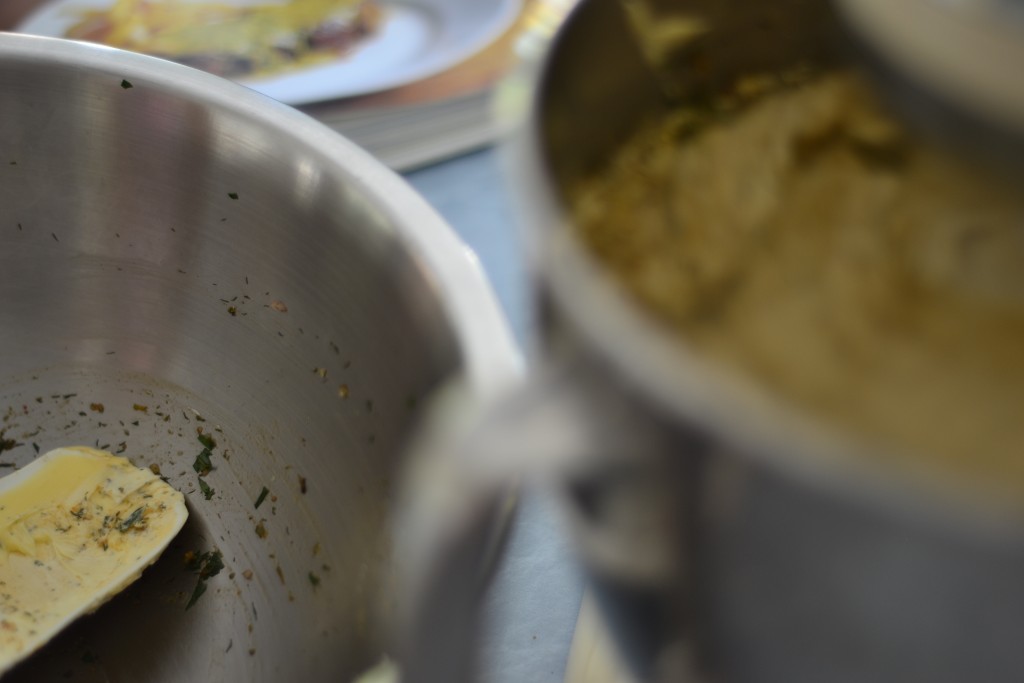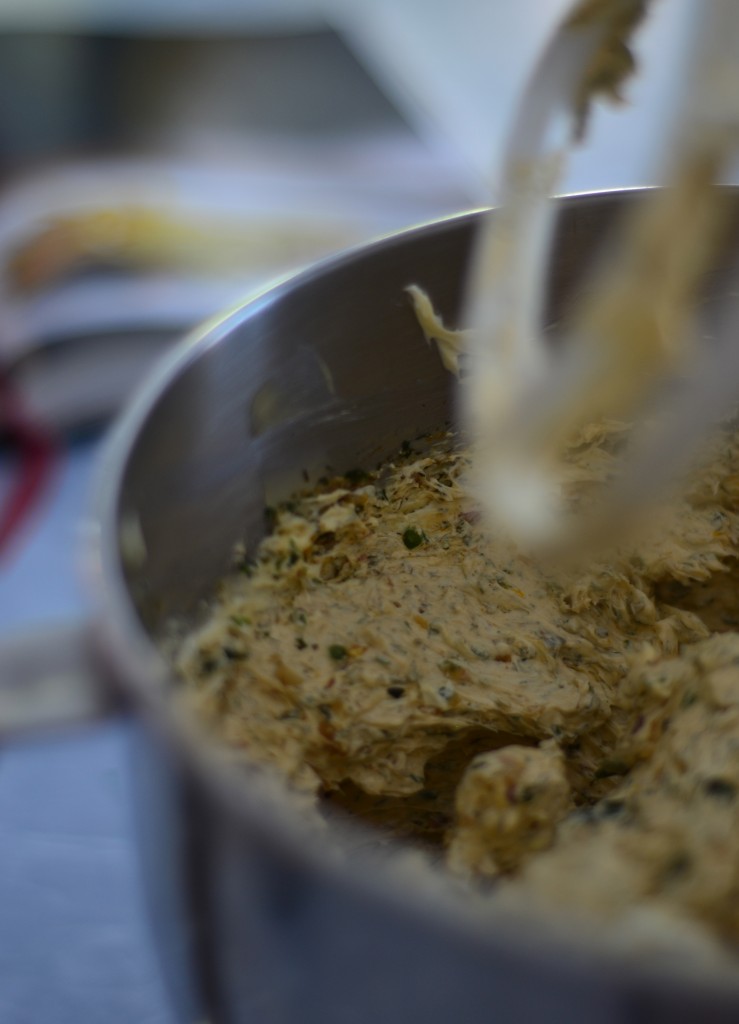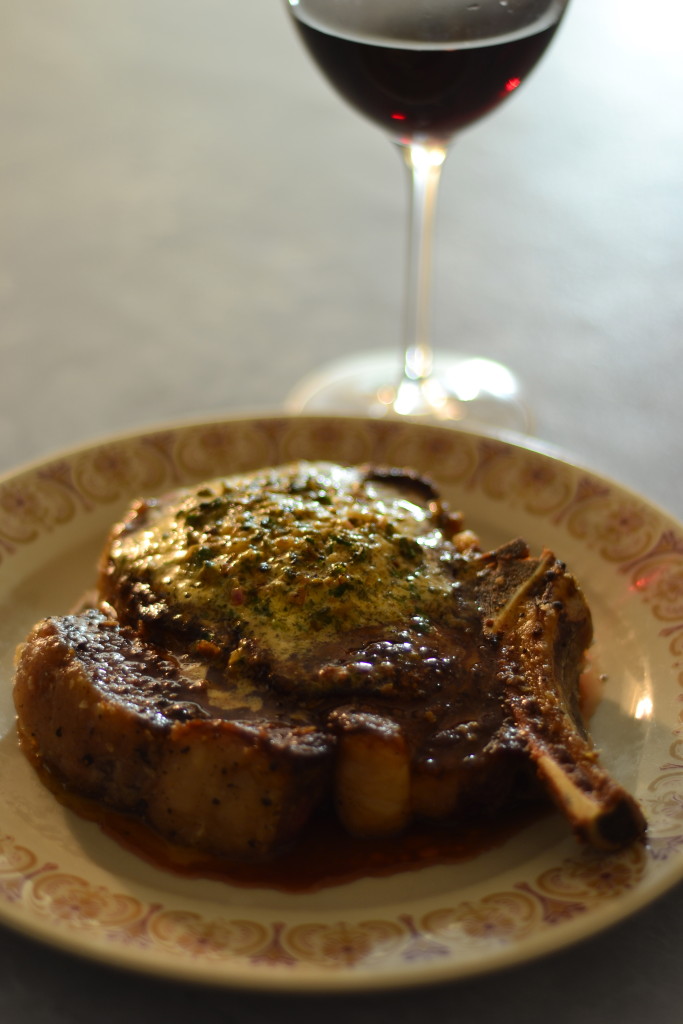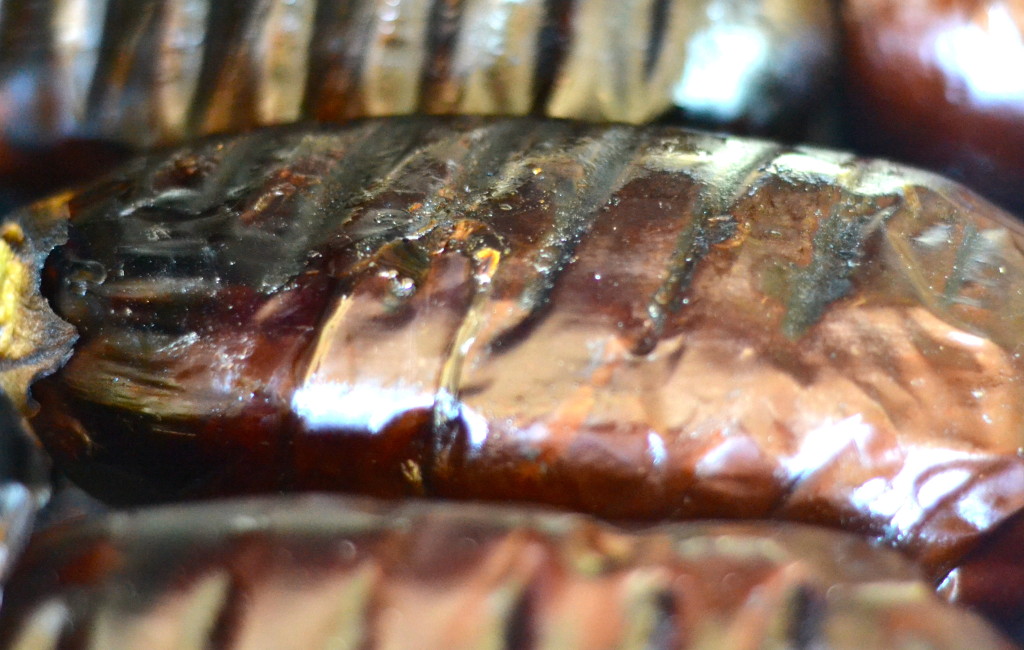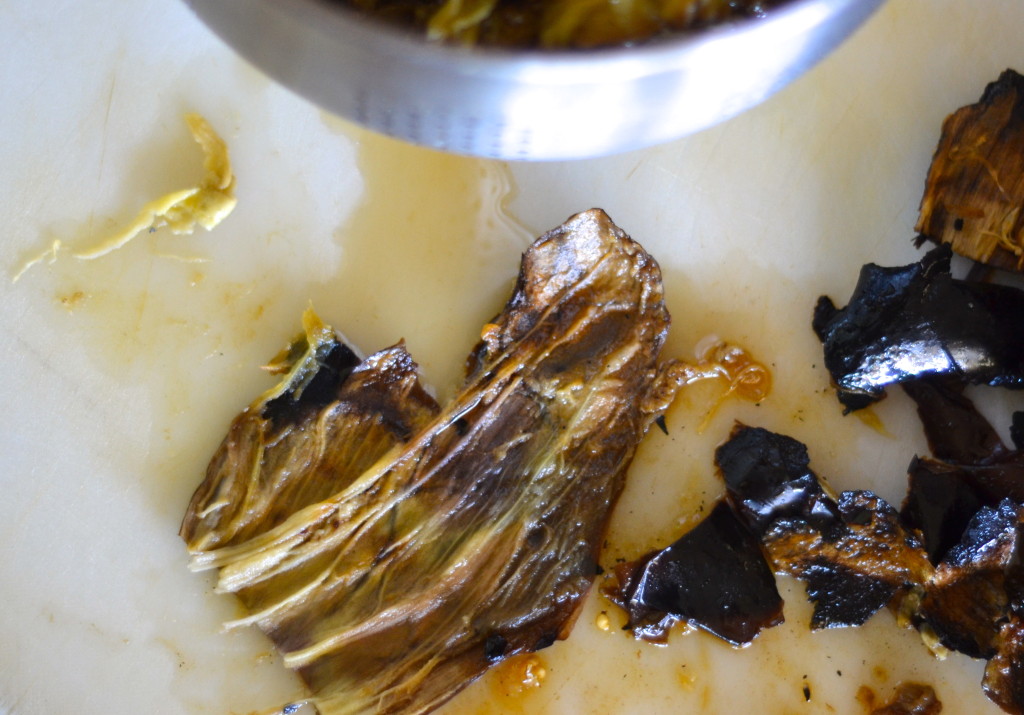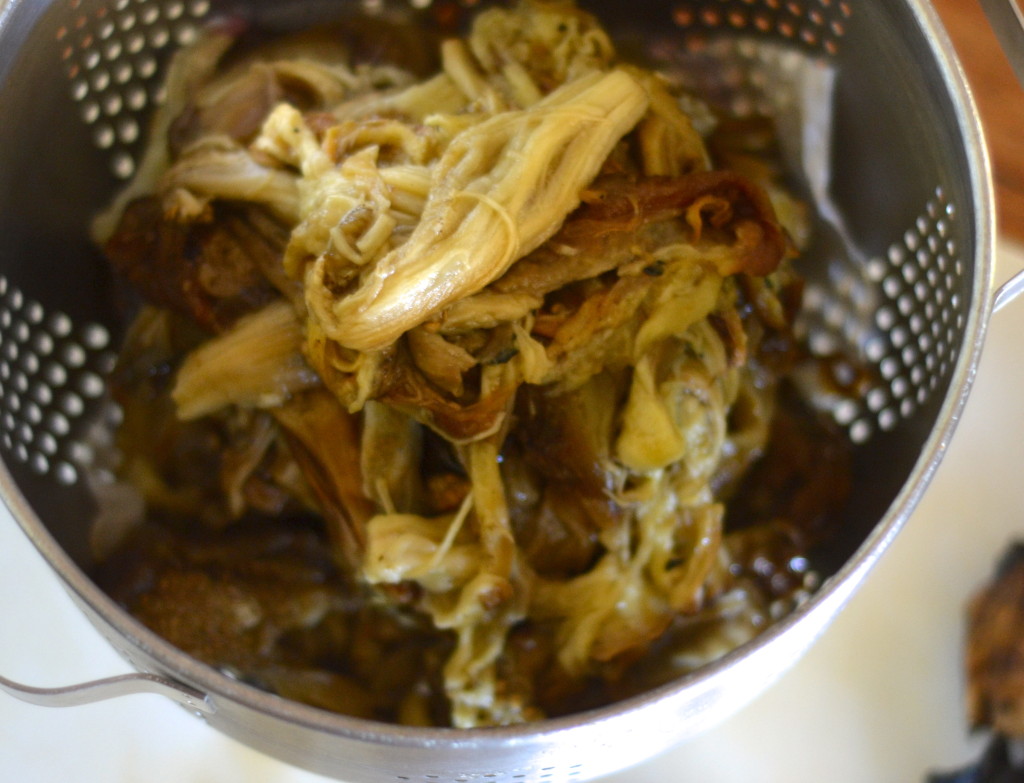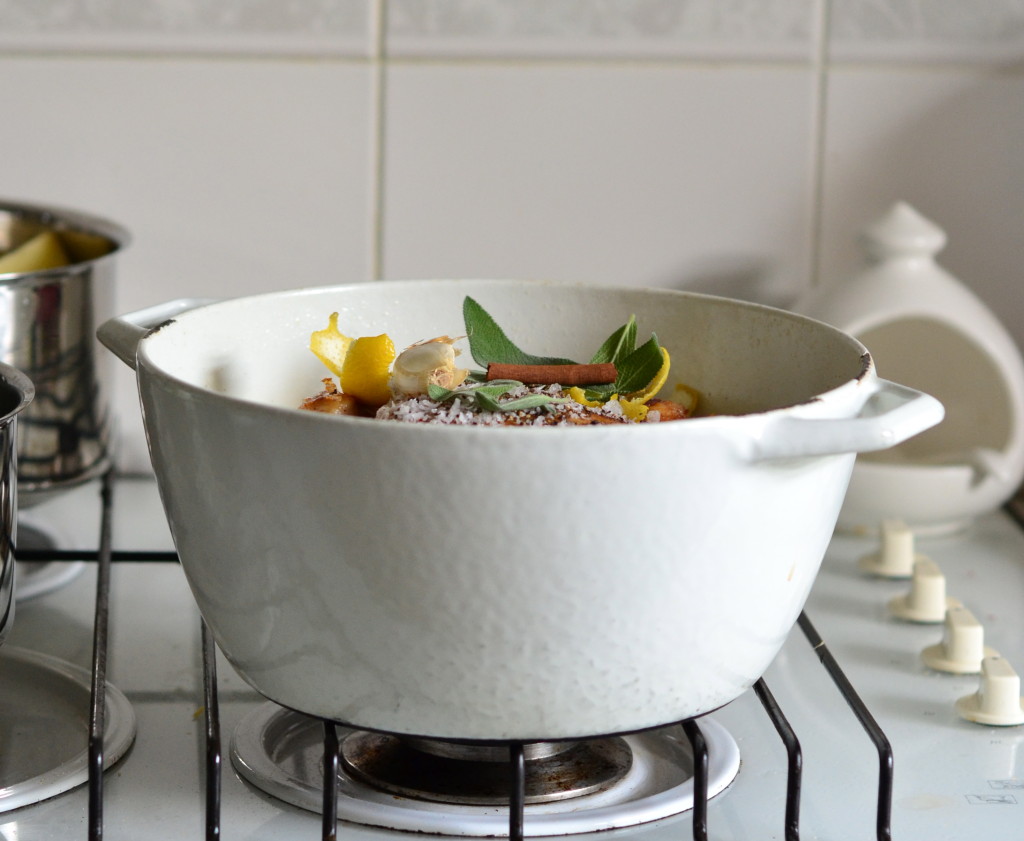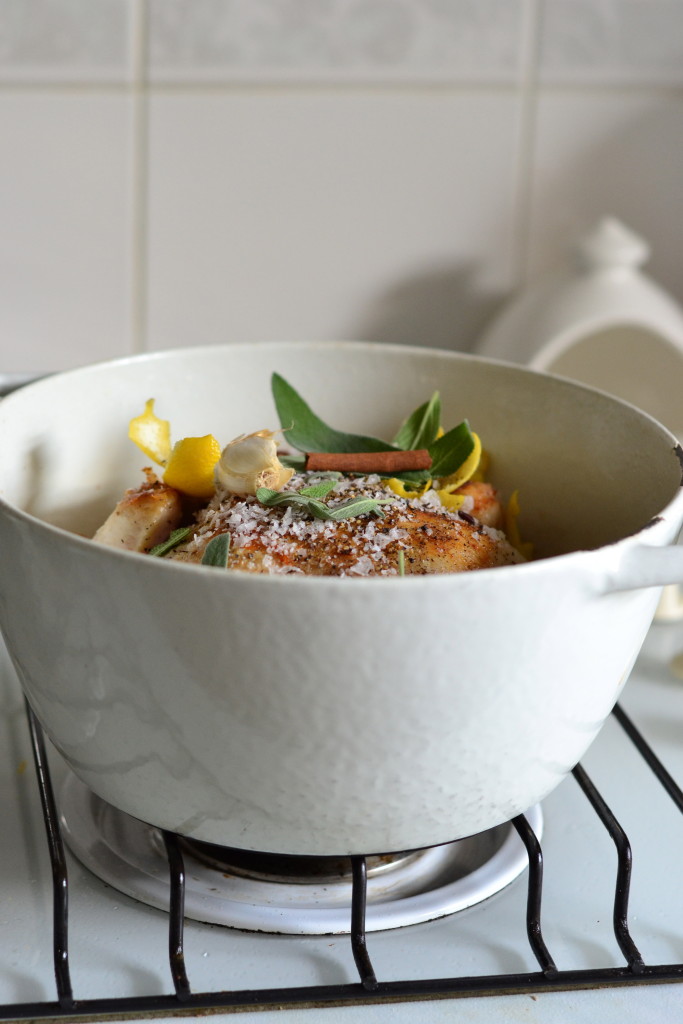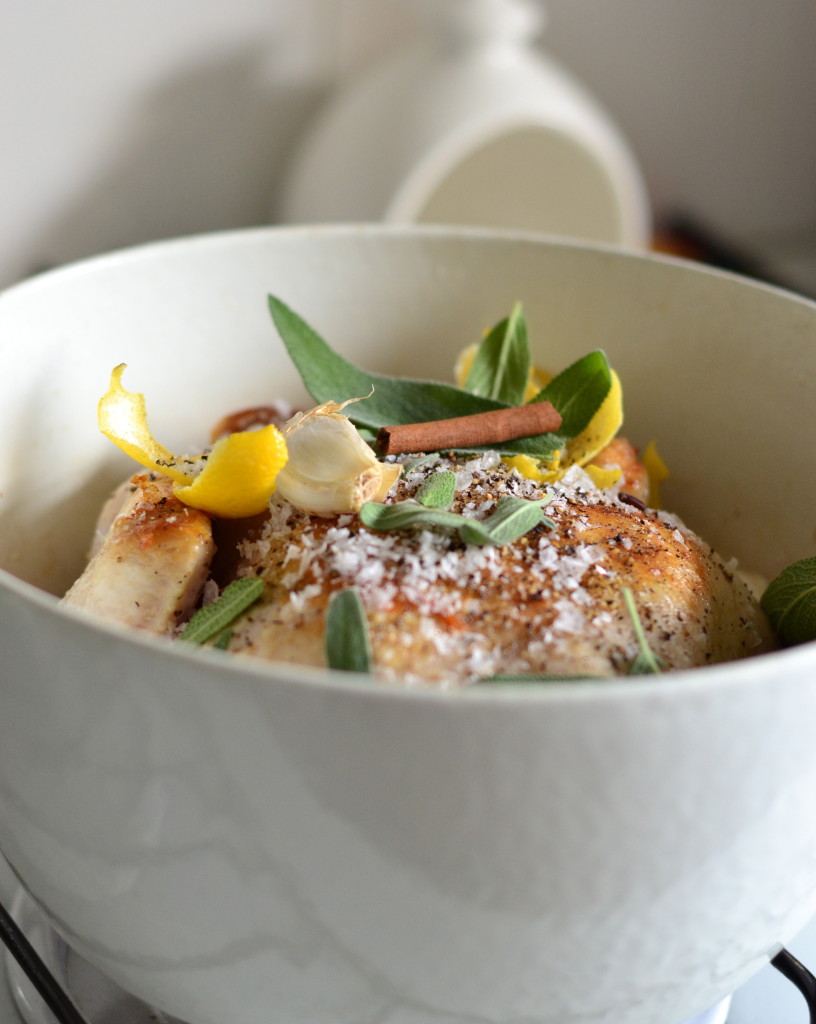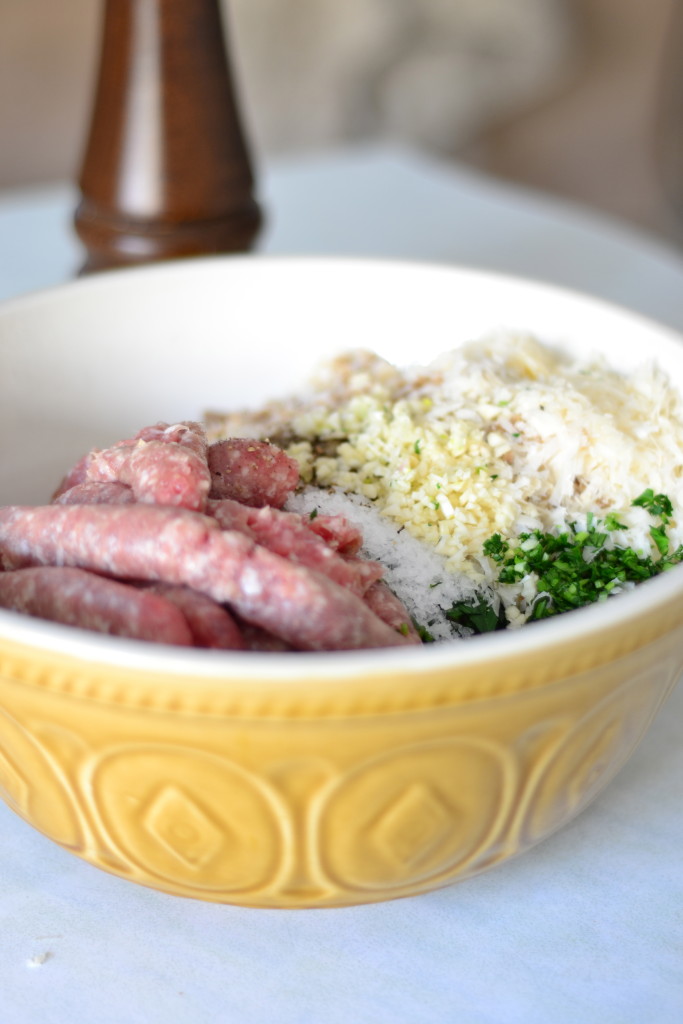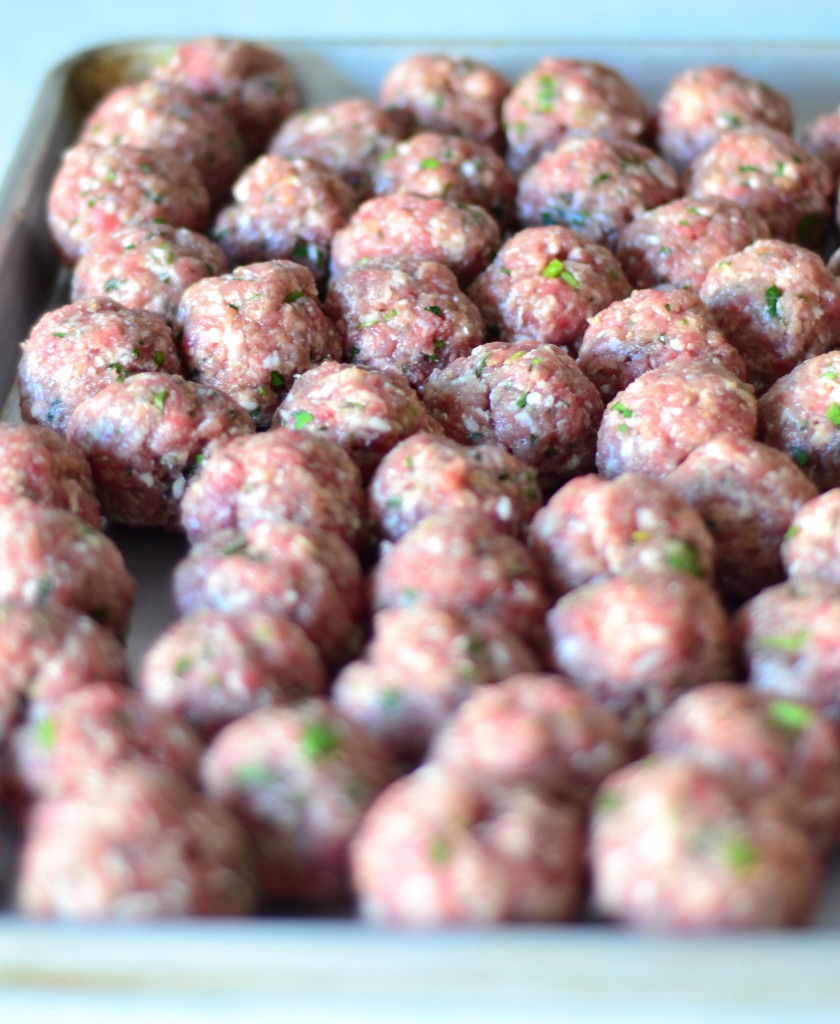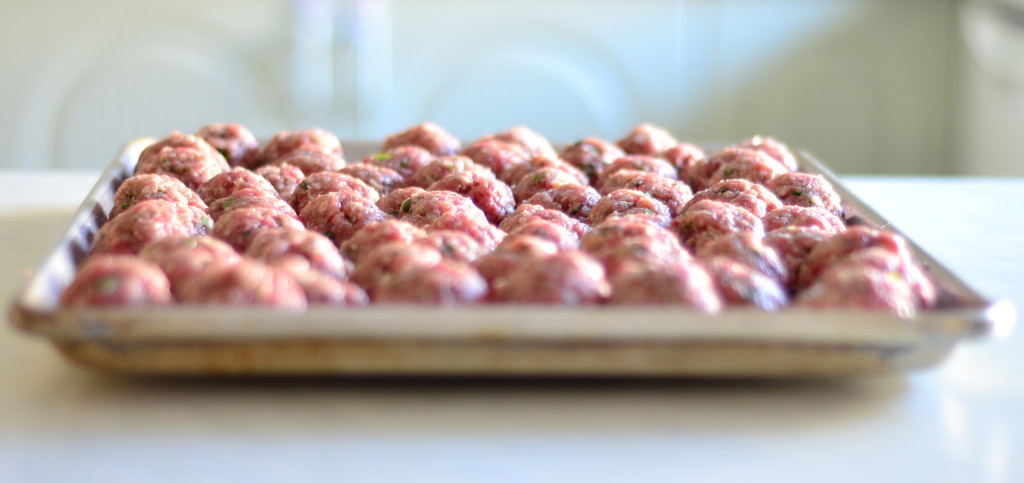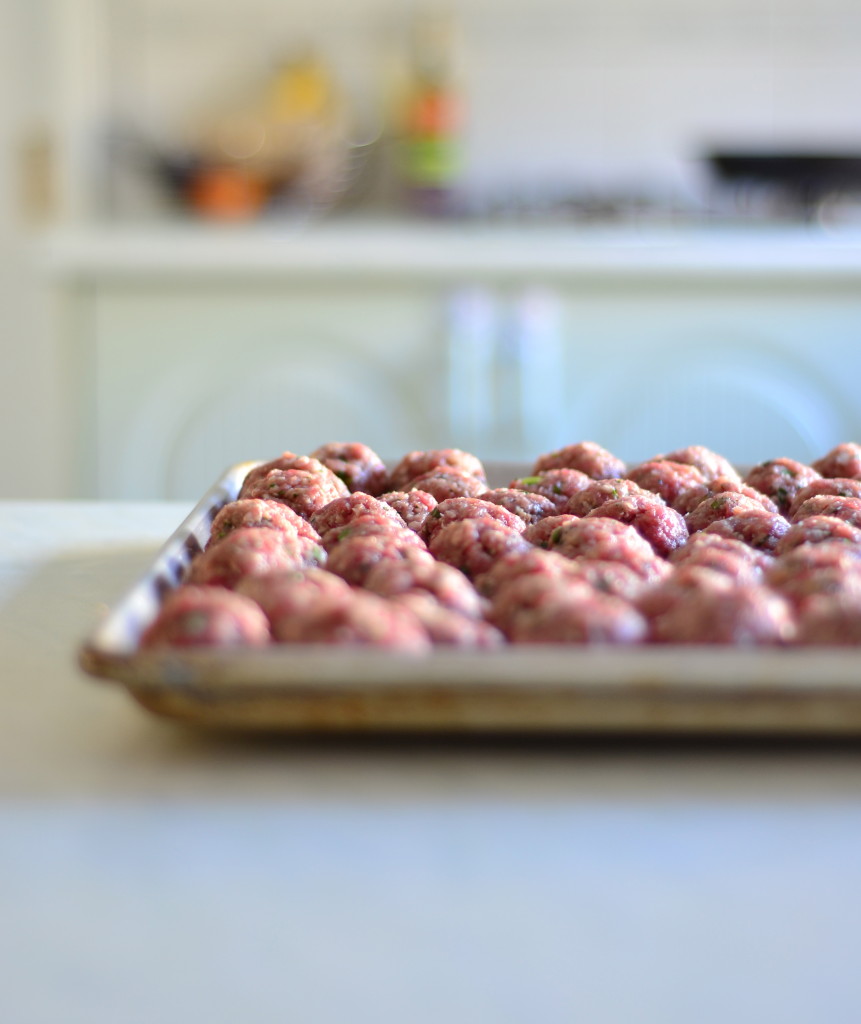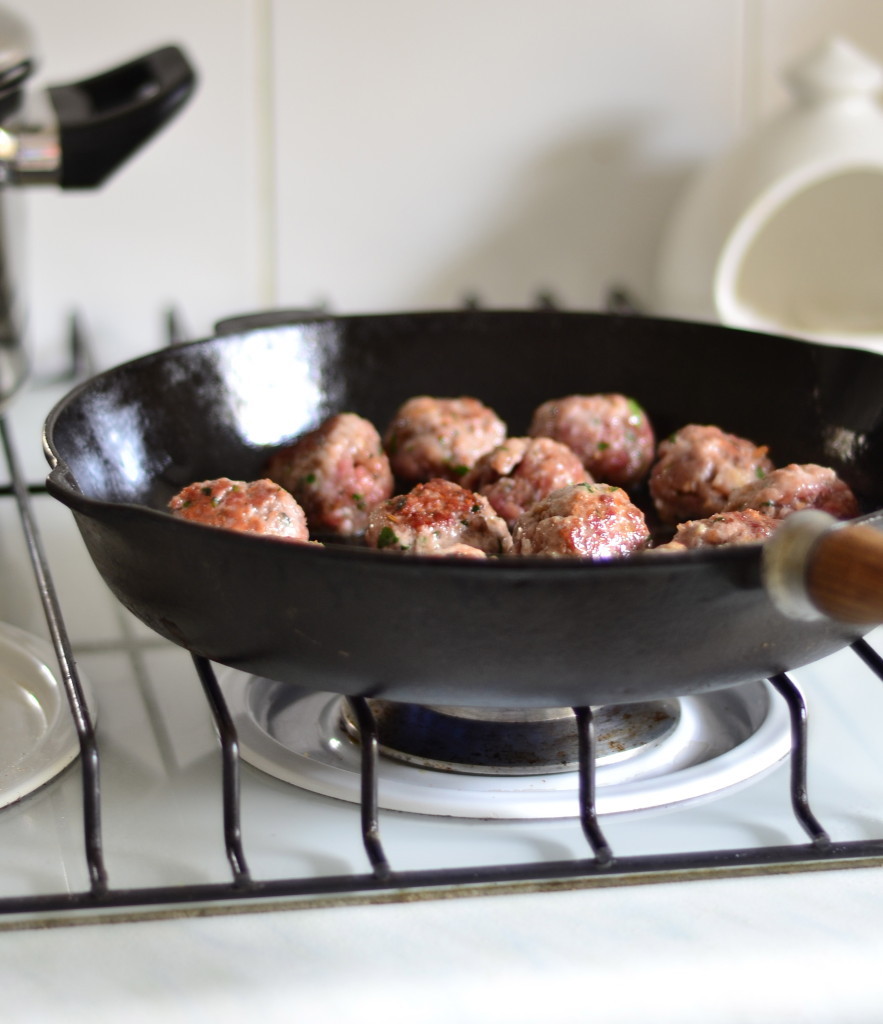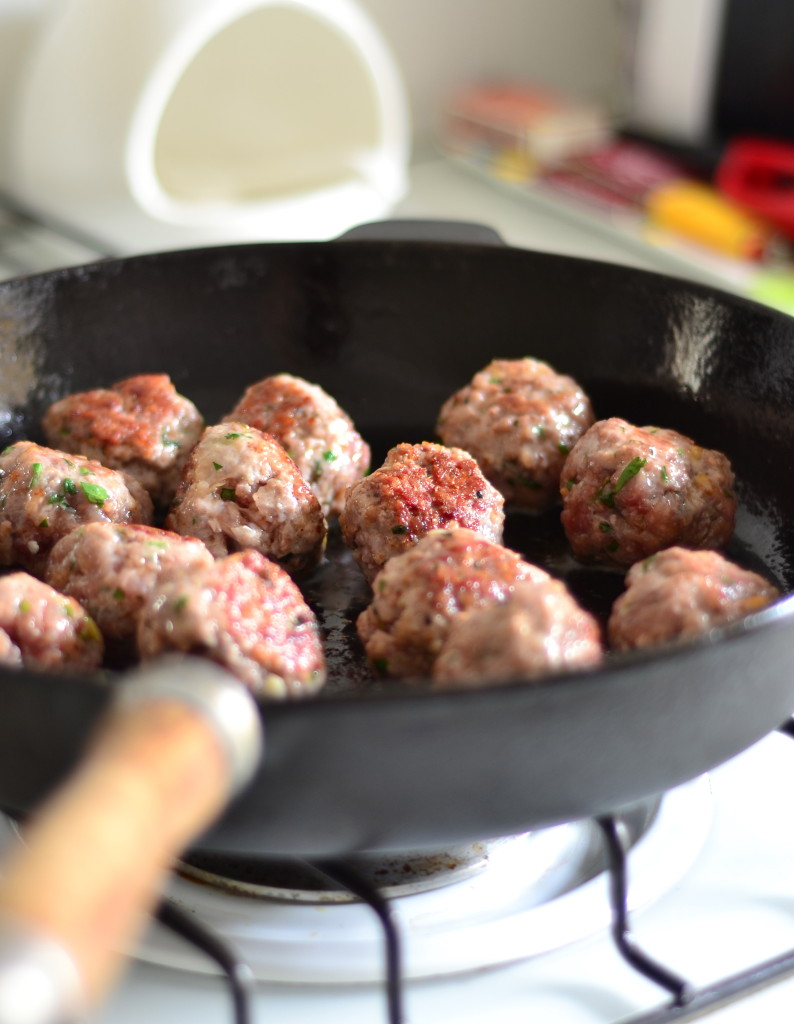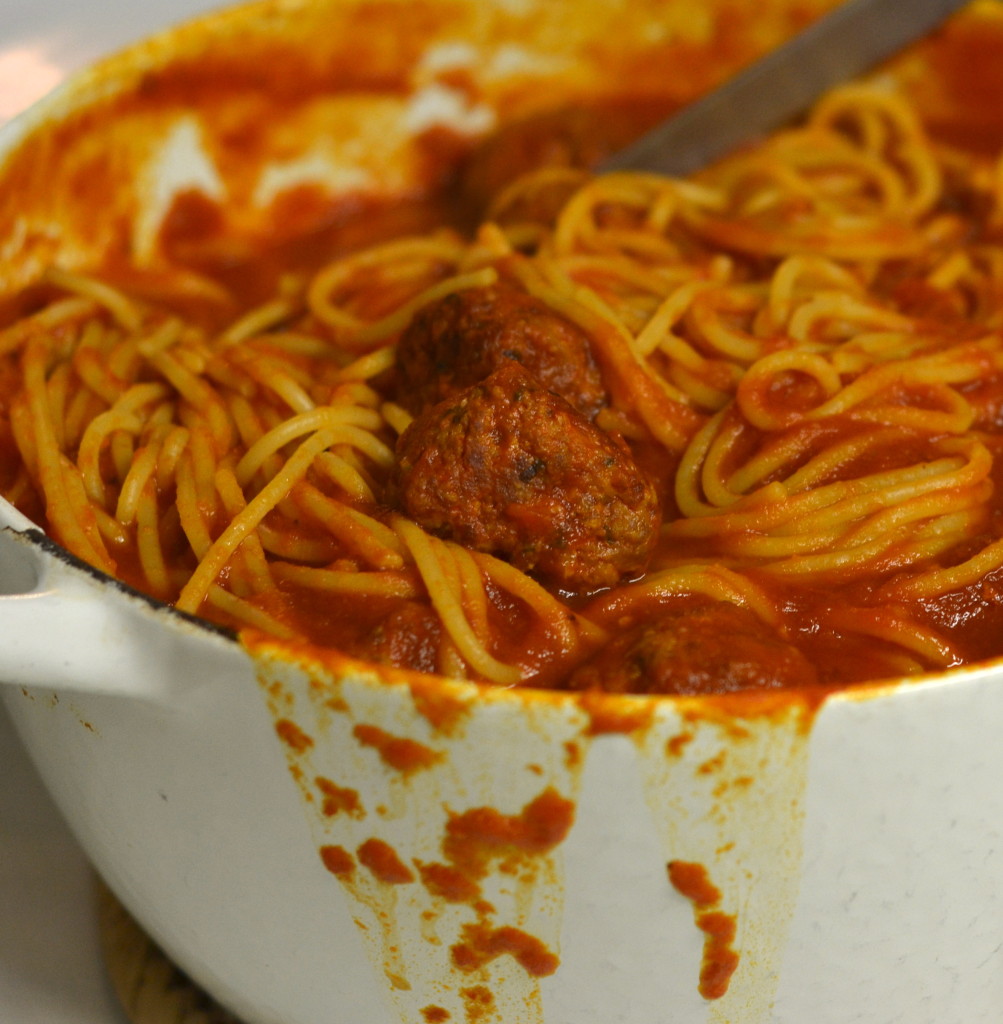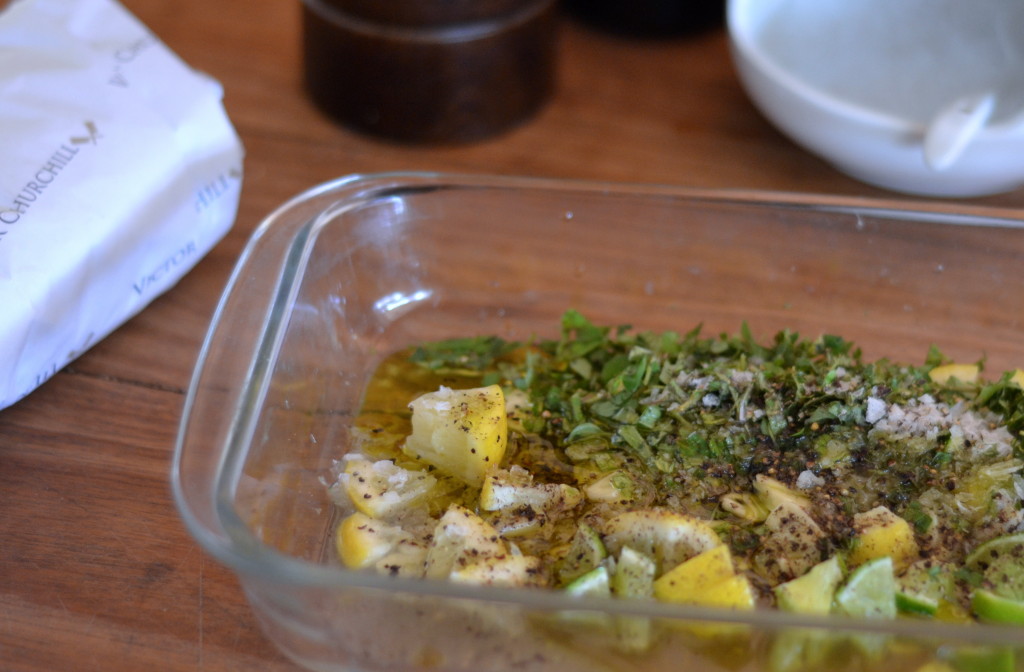
We were lucky enough to spend the weekend in the city. In a hotel. Crisp, white sheets, a king bed, blackout blinds and the ultimate lie in. No Thea to serve as our early morning alarm clock. Thanks to Ma and Pa she was very well taken care of, trike riding under blue skies, feeding ducks by the lake, exploring cubbies with her cousin and apparently sleeping through the night for them. We on the other hand were indulging in good food, delicious wine and some parental freedom. Inspired by the savoury morsels sampled throughout the day and into the night on Saturday, on Sunday morning after a beautiful breakfast at Kitchen by Mike (I’m a huge fan), we headed to Victor Churchill to continue the feasting at home. The impromptu visit turned into a memorable dinner of marinated hanger steak. A first, but not a last.
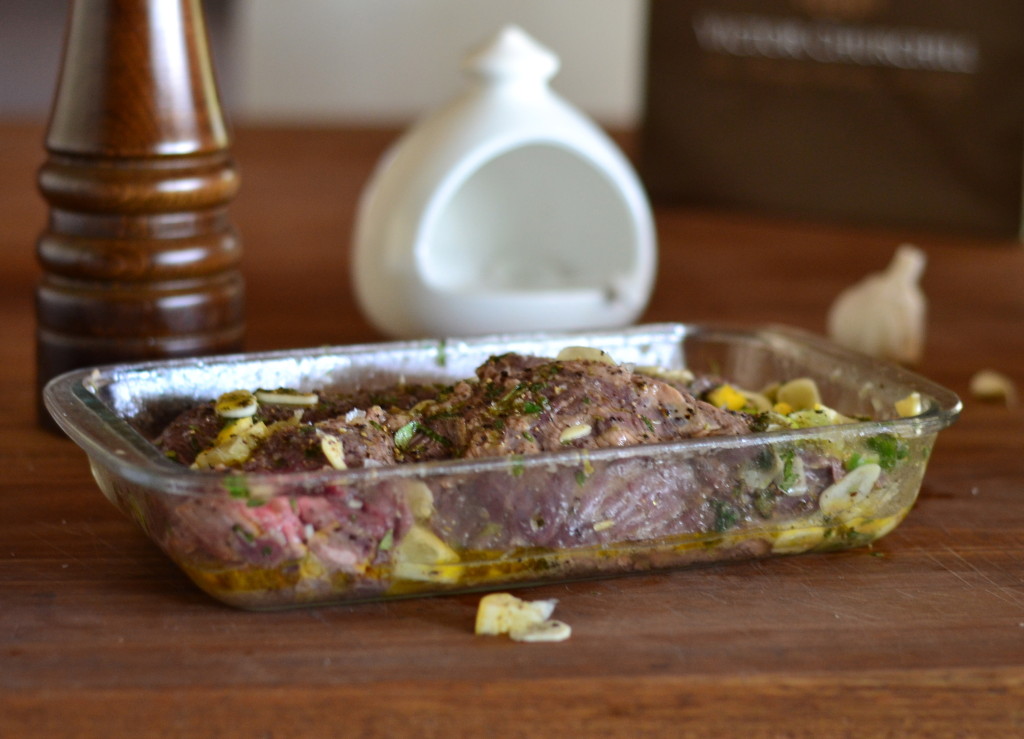
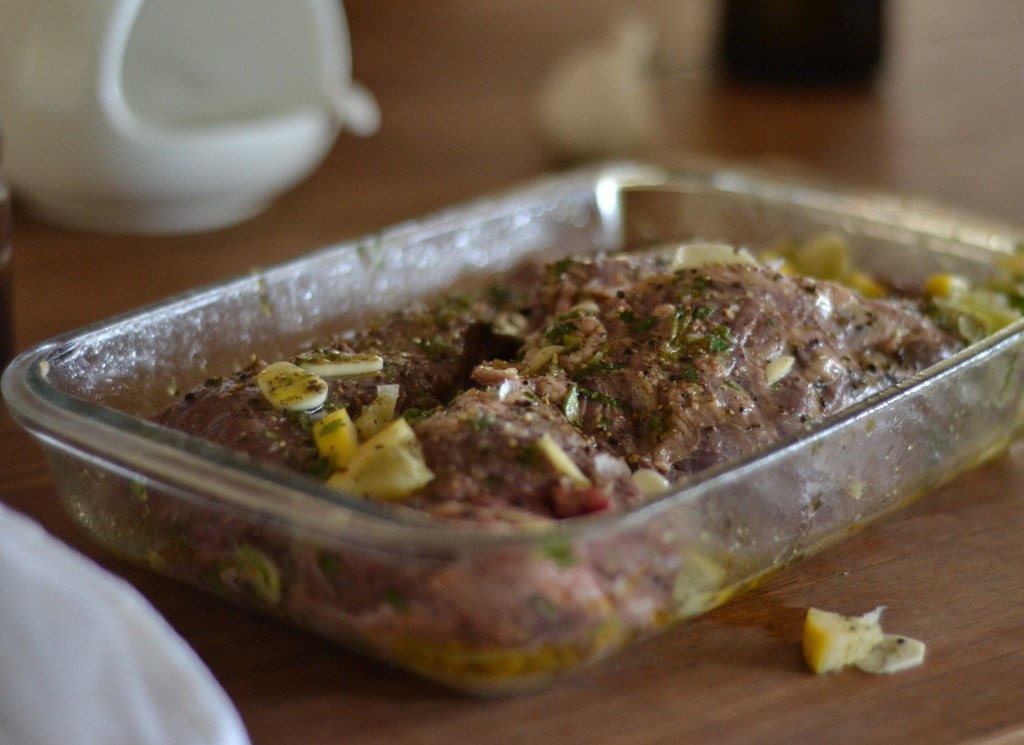
Victor Churchill is a pretty darn amazing butcher. The origin of the animal and what it’s been fed are clearly labeled by the way of white handwritten signs studded into the various cuts of meat, which are displayed behind tall glass fridge doors that line one side of the shop. Passionate staff who weave among the customers skillfully assist with purchases, while butchers, behind more glass that lines the opposite side of the store, prepare meat on glorious, oversized, wooden chopping blocks. One such member of staff was on hand to help with our enquiry as to whether there was any hanger steak. We were in luck. There was.
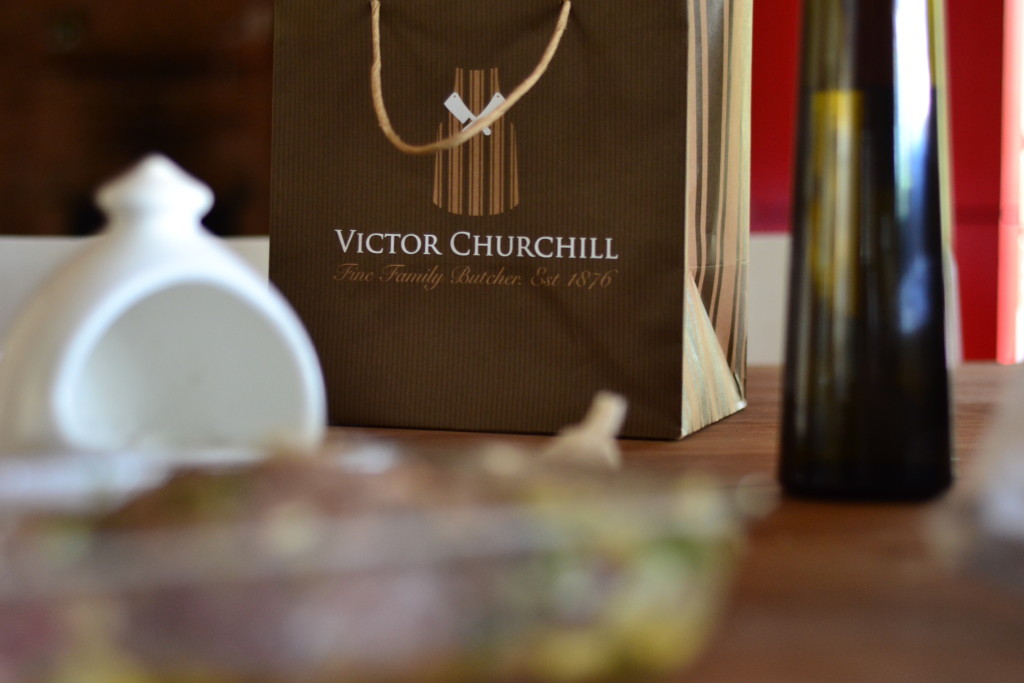
We came to know hanger steak long before Thea. Back in the days when we could drive, on impulse, to a restaurant that I had a hankering to go to. One of those spur of the moment, let’s go out and have dinner journeys, led us to Bird Cow Fish, an amazing restaurant then run by Alex Herbert. We both ordered the hanger steak. I’m not sure why because normally we order different things so that we can try the maximum amount of things on the menu between the two of us. But this night we ordered the same. And I’m glad we did. The standout steak, which was followed by a ridiculously good chocolate tart with light as air pastry and an unctuously rich filling, kept company with a little pot of thick cream, has stuck fast in our minds ever since. So we seized the opportunity to buy hanger steak to see if we could make it taste as good as we remembered.
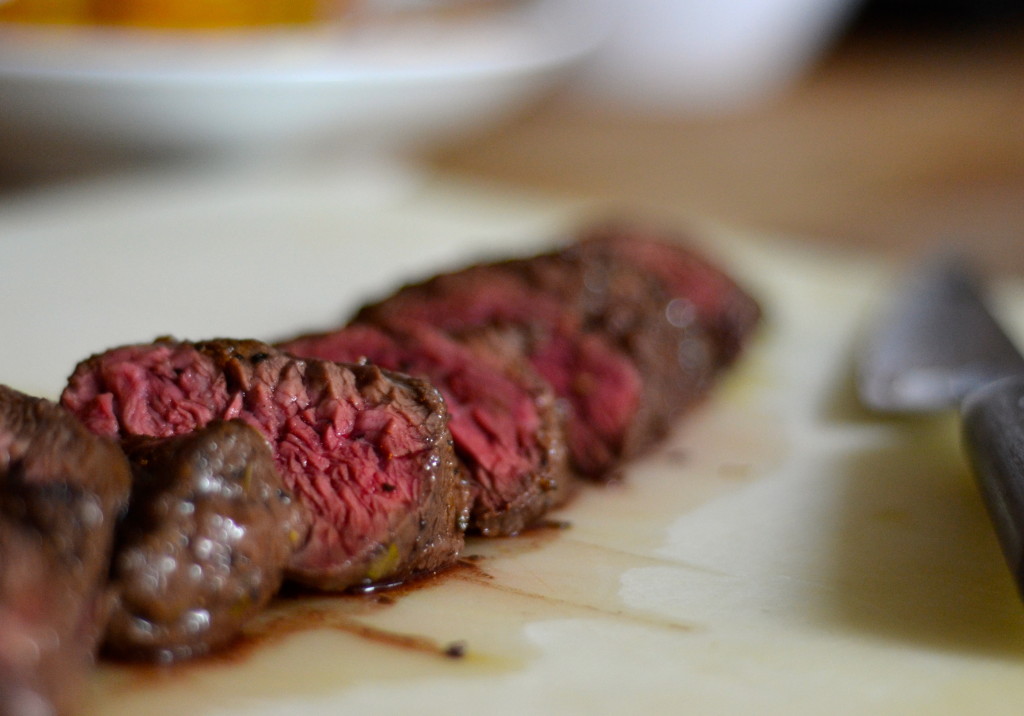
With strict instructions from the butcher that this was a cut of beef that we really had to cook right and not to undercook the steak or it would be bloody and chewy and not to overcook it, or it would be tough and tasteless, I decided a digital thermometer would result in the best outcome we could hope for. Google, in the car back from the city, told me that the magic number that I should look for was between 51-54 C. I also found out that hanger steak takes well to bathing in some citrus before cooking. With this knowledge, when we got home I laid the steak in a marinade of lemon and lime juice, garlic, oregano and olive oil. It luxuriated there while we caught up with Ma and Pa on Thea’s adventures and shared our own from the previous night.
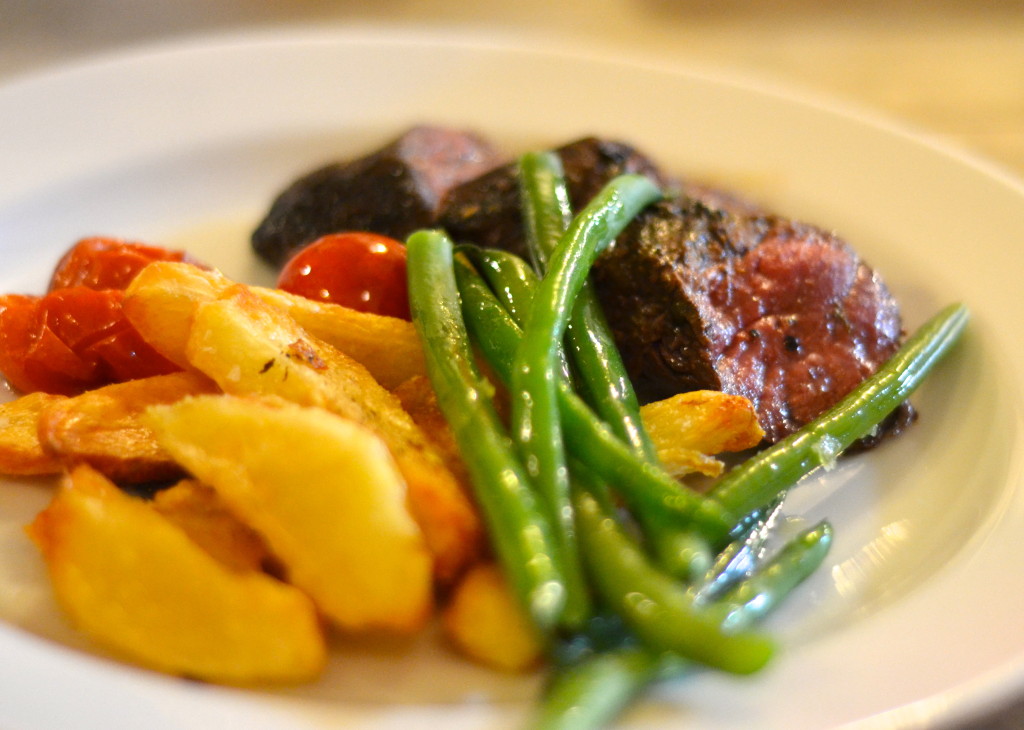
Our mission for our night in the city had been to have no plan. To simply find a few bars, have a drink and a plate of food in each before moving on to the next. Among our ramble through Sydney, we found 10 William Street, a seriously cool little wine bar. Loud and dimly lit, with bentwood chairs, round, little marble tables and informative staff, a great selection of drops by the glass and some moorish nibbles to go with them. We stayed in the bustling narrow establishment for two glasses, Iggy’s bread (you have to try it to understand how good this sourdough bread really is), simple but excellent calamari, home made biltong and olives. We also found ourselves back at The Baxter Inn, perched on bar stools, sipping single malt from old fashioned brandy glasses, listening to the likes of Bobby Darin. The whisk(e)ys, it’s predominantly a whisky bar, on offer at Baxters is staggering and with there being so many, I always falter when making my selection, wanting to get the perfect drink. In my mind that’s a smoky, smooth, slightly sweet wee dram.
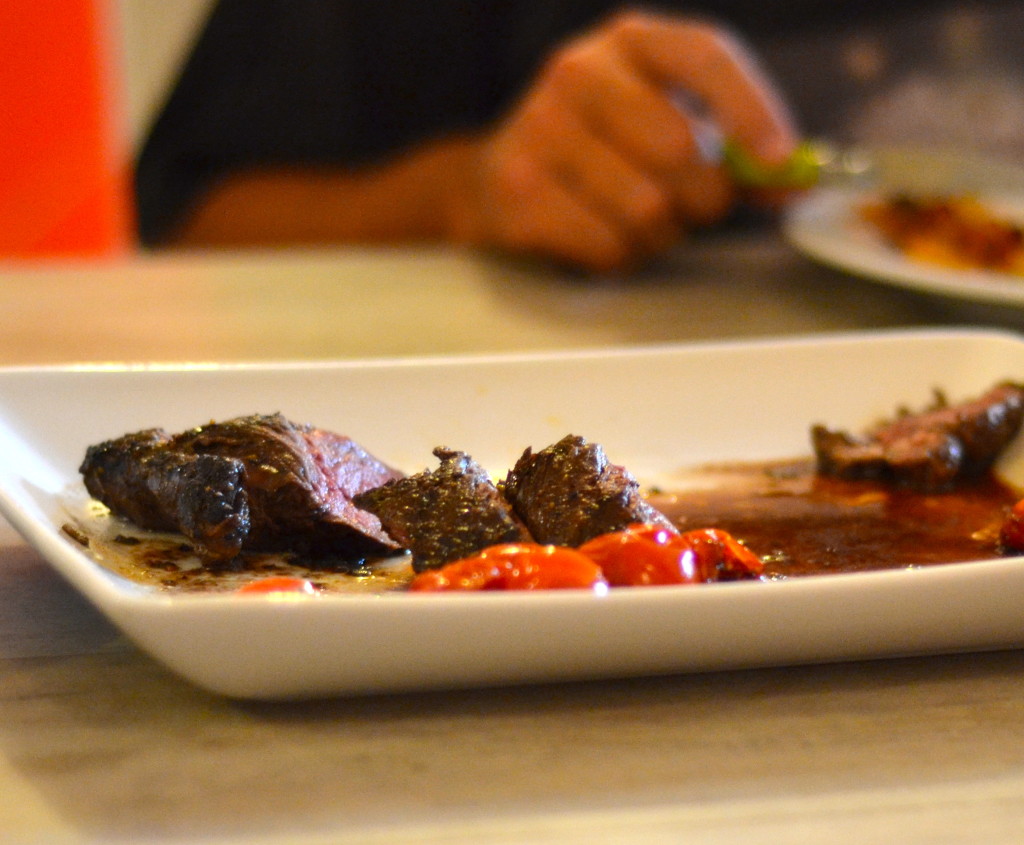
Weekend stories exchanged, the hanger steak went onto the barbecue. All eyes were on the thermometer, watching the digits steadily rise, as garlic smoked trailed into the night. At 53C, the steaks came off the heat and sat on the kitchen bench while the beans were cooked and the duck fat ‘chips’ (roast potatoes cut into batons, boiled until soft and then roasted in the oven with duck fat) finished crisping. When all the elements were ready for the table, the steak was sliced on the diagonal and heaped onto a communal platter. It’s interior was a surprisingly dark, ruby red colour. It sliced easily and once in the mouth was tender, with a small amount of chew and a deep, zingy flavour. The butcher who served us would be proud.
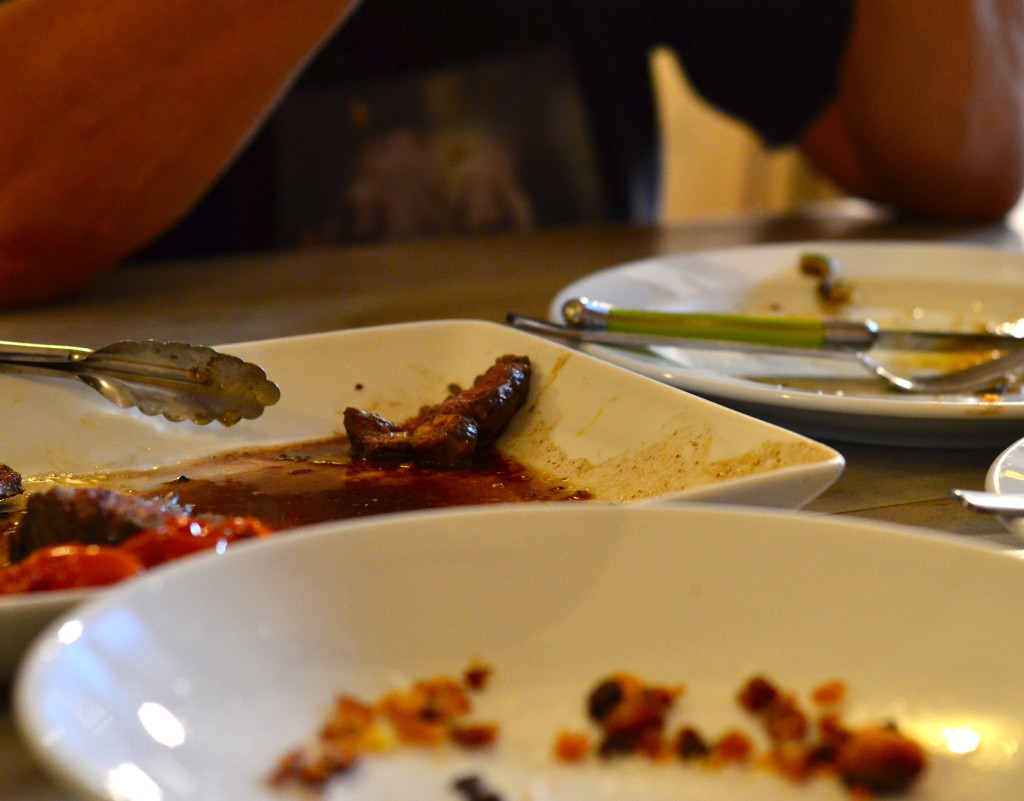
Marinated hanger steak
Serves 4
Approximately 1kg trimmed hanger steak
For the marinade
- 1 lemon, juice and zest
- 1 lime, juice and zest
- 4 garlic cloves, thickly sliced
- handful oregano
- olive oil
- sea salt and black pepper
Simply mix all the marinade ingredients together and then bathe the meat in the mixture for about two hours.
Heat a pan or the barbecue, whatever your preference, until really hot and then cook the steak until it reaches between 51-54C. Ok. That’s the simple version.
With meat, it doesn’t need to be constantly agitated. Once you put it on the heat, leave it. Leave it until a nice crust forms. A beautiful, brown caramelised outside that will impart texture and flavour into the meat. When you feel that the piece of meat that you are cooking has formed said crust on one side, turn it. And once again leave it. If there is another side that still hasn’t seen the heat, if you are cooking a round piece of meat like a fillet for example, turn it once again to sear the final side.
Searing meat is really important and it’s actually really easy. The biggest factor is patience. And a scorchingly hot pan to start with. Anothter pointer. Oil the meat, not the pan. I sometimes use melted butter to add another flavour dimension and because it forms such a beautiful crust. But good old oil will do just fine. Next salt and pepper the meat. By salt, and always when I refer to salt here, I mean sea salt. Large, transluscent flakes, which can be liberally sprinkled all over the cut about to be cooked. Salt is another factor that helps form a crust and again, imparts flavour. I add pepper too. Some say that it’s not necessary at this stage. I disagree. I grind the hell out of my pepper grinder until my steak is covered in little black flecks of peppery heat.
So. The hanger steak has reached 53C. Whisk it from the heat, place it on a deep plate so that the juices can be contained and leave it to rest. To relax. To metaphorically sit back in a comfortable chair, yawn, stretch and unwind. It will feel so much better in your mouth if this rule is adhered to, the resting rule of thumb being, rest meat for at least half the time it took to cook. As I’ve written before about roast lamb, meat stays hot. Don’t fret about it getting cold, and if you are worried that is will happen, simply cover the patter with foil and some tea towels.
So, to recap. Patience to sear. Patience to rest. And now time to enjoy. Open a bottle of red. Pour a glass. Slice the hanger steak on the diagonal, which is much more visually pleasing. And eat.

